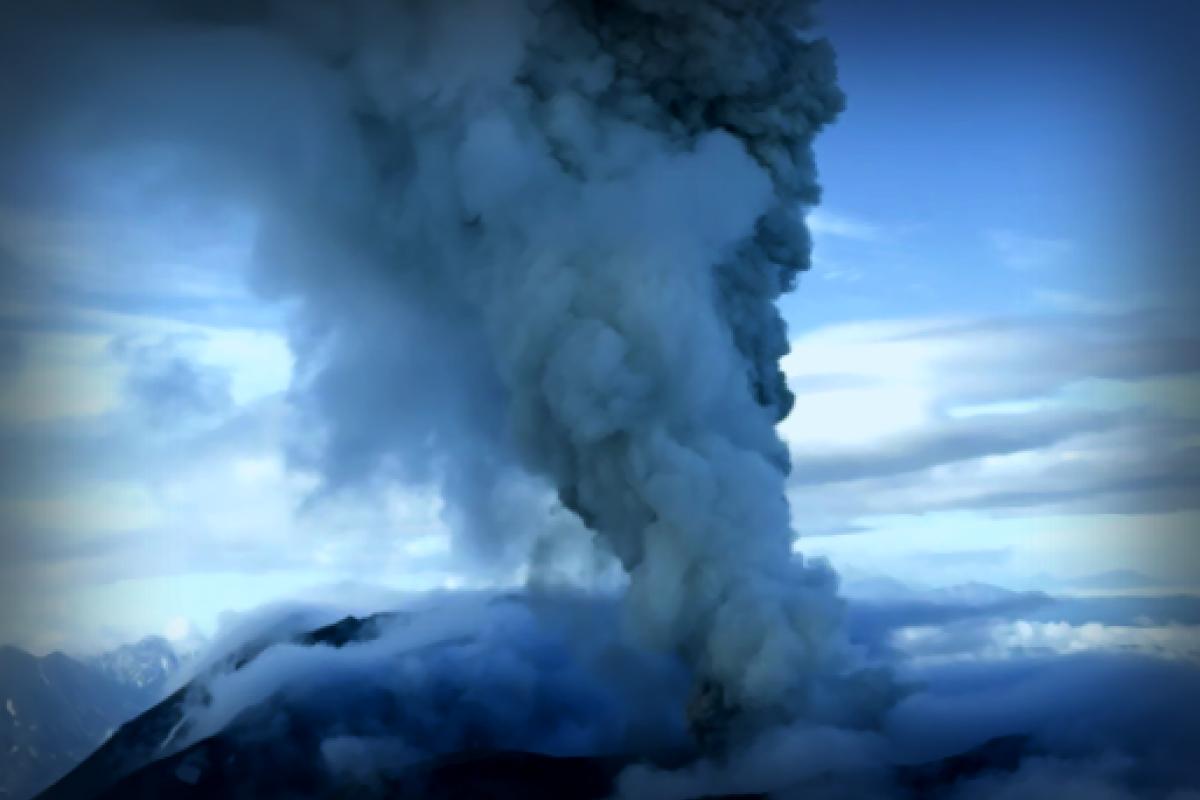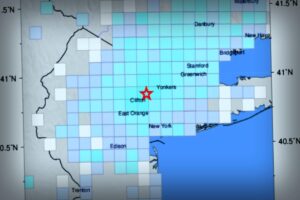In a rare natural event, the Krasheninnikov volcano located on Russia’s remote Kamchatka Peninsula erupted overnight into Sunday. This is notable as it’s the first eruption recorded in hundreds of years, occurring just days after a powerful 8.8-magnitude earthquake rocked the region.
The volcanic eruption sent ash pluming 6 kilometers (approximately 3.7 miles) into the atmosphere, as per reports from the Kronotsky Reserve, where the volcano is situated. Media images captured impressive columns of ash billowing from the volcano.

According to updates from Kamchatka’s emergency ministry on Telegram, “The plume is heading east toward the Pacific Ocean. Thankfully, there are no populated areas in its trajectory, and no ash has been reported in any inhabited zones” during the eruption.
Compounding the situation, a 7.0-magnitude earthquake occurred in conjunction with the eruption, leading to tsunami warnings for three regions within Kamchatka. Fortunately, these warnings were subsequently lifted by Russia’s Ministry for Emergency Services.
Olga Girina, the head of the Kamchatka Volcanic Eruption Response Team, indicated that this is the first verified eruption from the Krasheninnikov volcano in over 600 years, as reported by RIA Novosti.
However, the U.S.-based Smithsonian Institution’s Global Volcanism Program records the last known eruption of Krasheninnikov as occurring 475 years ago—dating back to 1550. The reasons behind this discrepancy remain unclear.
As of late Sunday, the Kamchatka Volcanic Eruption Response Team noted that the volcano’s activity appears to be diminishing, though there might still be “moderate explosive activity” in the days ahead.
This eruption followed a significant earthquake that hit Russia’s Far East on Wednesday, causing minor tsunamis that reached Japan and Alaska, while alerting safety officials in Hawaii, North and Central America, and Pacific islands extending towards New Zealand.





















